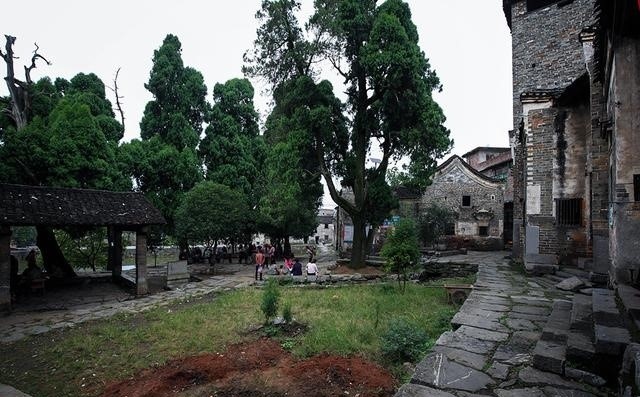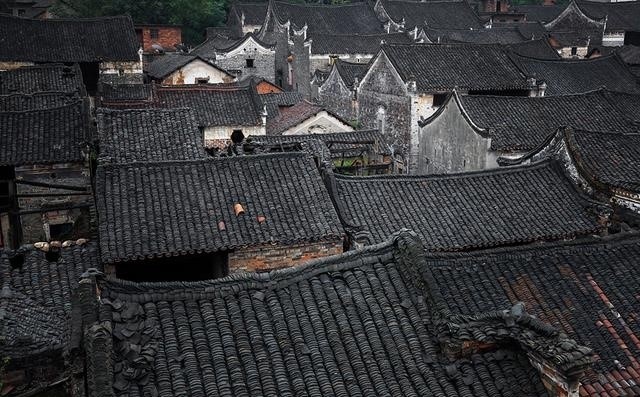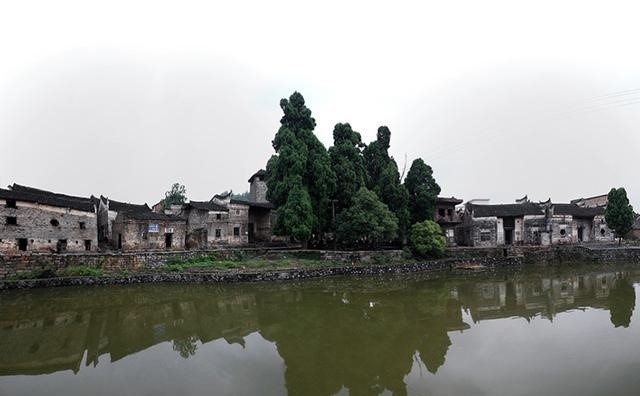Guiyang Miaoxia Ancient Village
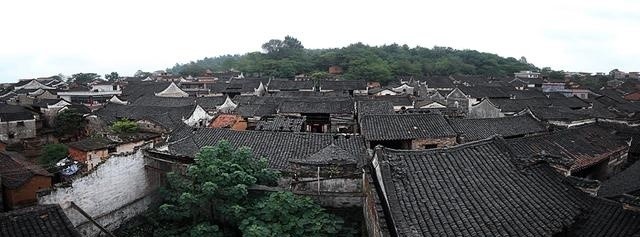
Miaoxia Ancient Village is located in the eastern part of Yangshi Town, Guiyang County, facing Dongcheng Village in the east, Fujia Natural Village and Quantang Village in the south, Chunyang Village in the west and Caojiaxu Natural Village in Yangtang Township, Yongxing County in the north, the County 3535 Line crossing the village. It is 7 kilometers away from Yangshi Town and 1 kilometer away from Dongcheng Market. It was named Miaoxia after the first temple in the south of the village. Founded in the years of Xiangfu in the Northern Song Dynasty, it has a history of more than 1000 years. There are more than 270 well-preserved Ming and Qing ancient dwellings in Miaoxia Ancient Village. Miaoxia Ancient Village is a thousand-year-old village, with ancient color and fragrance, ancient dwellings scattered in different places. The elaborate layout of ancient wells, pavilions and ancestral halls in villages, are perfectly integrated with the ancient buildings, which have distinct characteristics of folk houses in southern Hunan and high historical, cultural and scientific values.
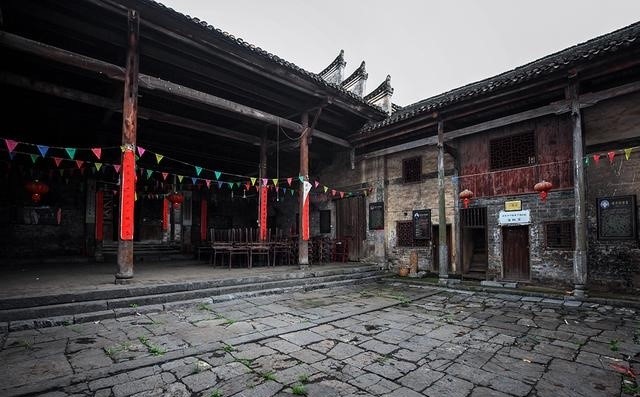
All the villagers in Miaoxia are surnamed Lei. The historical origin of Miaoxia is actually the origin of the surname Lei in Miaoxia, the ancestor of Lei Zhaoji Gong. The ancient dwellings are well preserved, and most of them are still inhabited by villagers. Ancient residential communities have a long history and rich cultural connotations. From the perspective of village dwelling construction, there are three ancestral temples in the whole village; individual dwellings are also some large-scale luxury houses; inscriptions, couplets and murals inside and outside houses are rich in cultural connotations.

The whole residential building has the characteristics of southern Hunan, with brick walls outside and brick-wood structure tile houses with wooden partition board inside. Generally, they have three entrances, with built-in patio, corridor and shrine, front doors and single doors on both sides; there are many houses with spacious front doors, light walls, slotted doors and inscribed plaques; the size of houses is almost the same; wood carvings, clay sculptures and stone carvings have various forms of animals and flowers, exquisite craftsmanship, extraordinary; the whole dwelling houses are scattered and delicate; streets and alleys, crossing vertically and horizontally, street surface, are all built of bluestone slabs, smooth, neat, beautiful and generous.
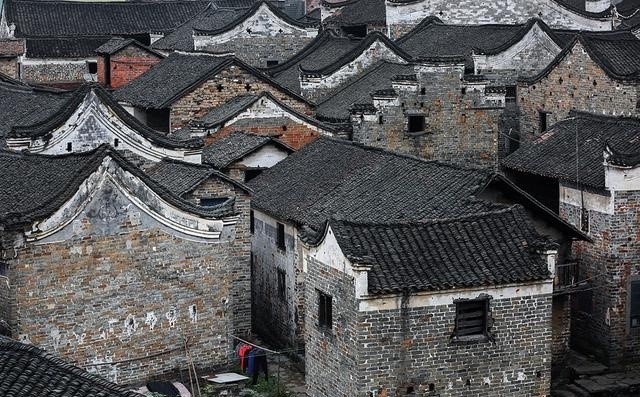
Miaoxia Village, which belongs to Yangshi Town of Guiyang County, was listed in the second batch of traditional villages in China. In 2014, Miaoxia Village won the title of "National Key Cultural Relics Protection Unit and Provincial Cultural Relics Protection Unit Concentrating on the Integrated Protection and Utilization of Traditional Village Cultural Heritage Demonstration Village" in Hunan Province.
